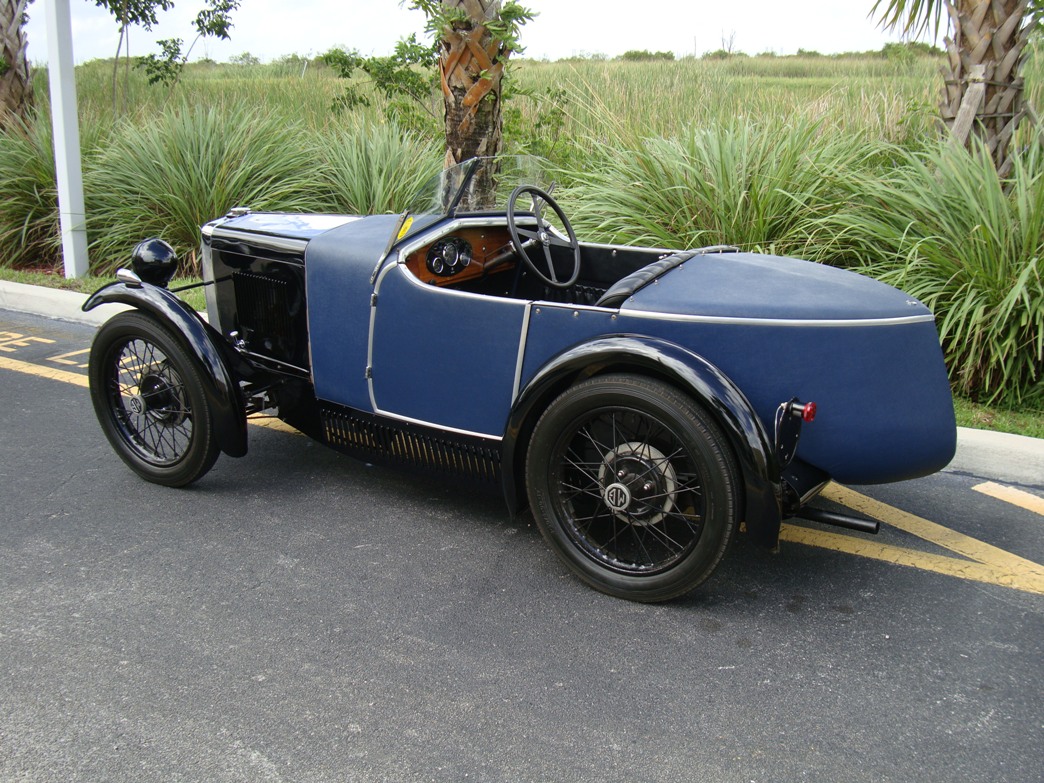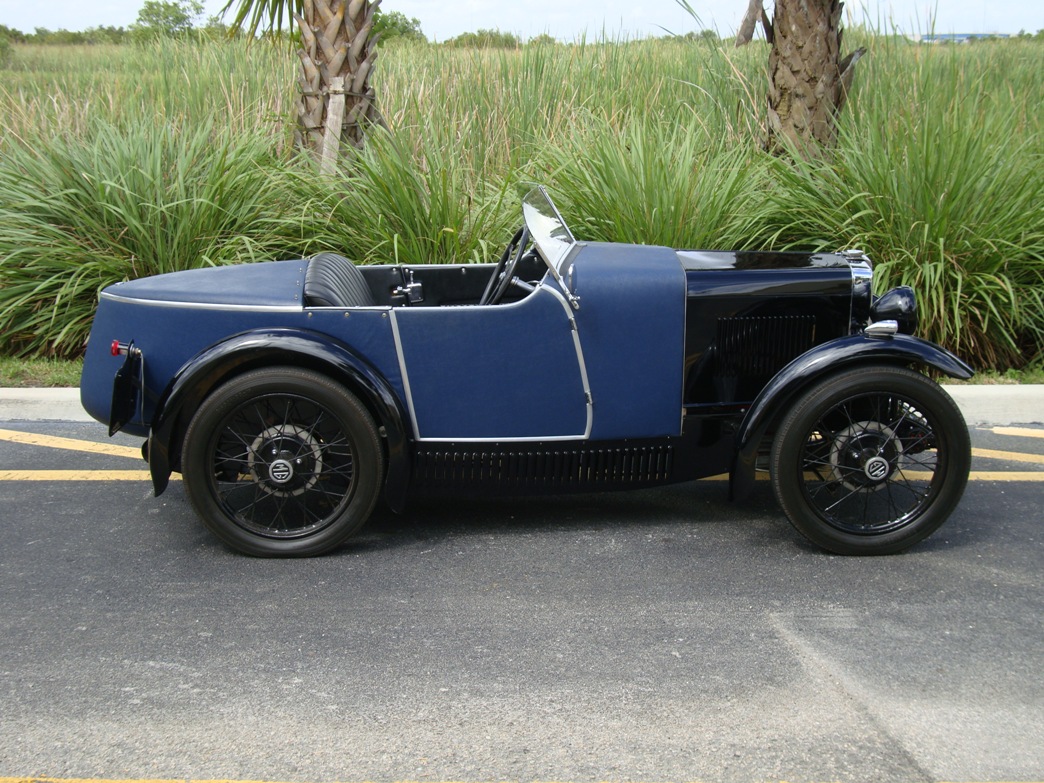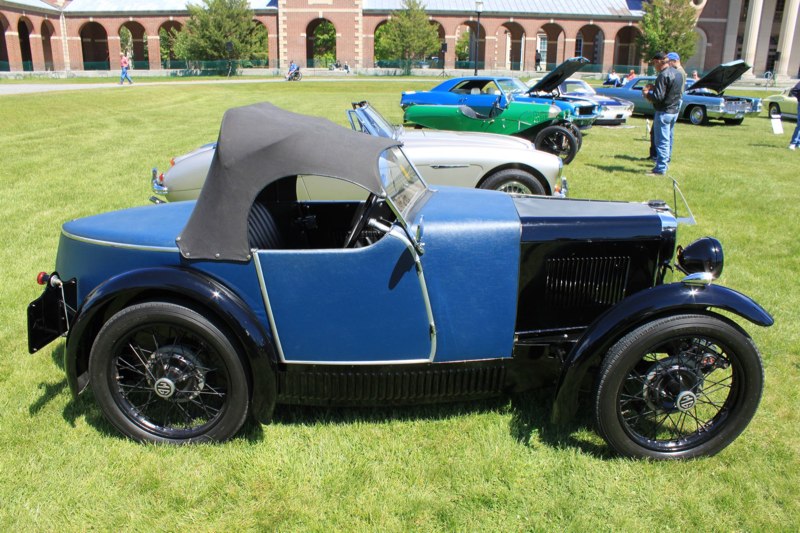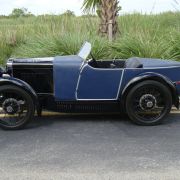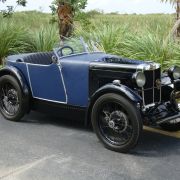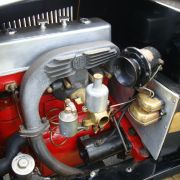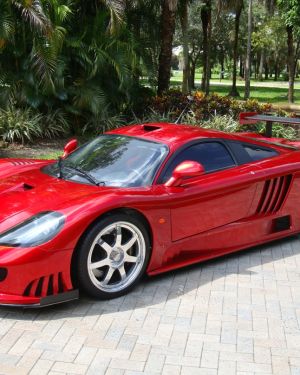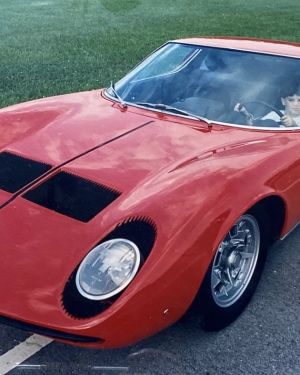1930 MG M-Type Midget
| Year | 1930 |
|---|---|
| Make | MG |
| Model | M-Type Midget |
| Engine | 847 cc |
| Transmission | 4 speed |
| Price | 0 |
Description
With the introduction of the M Type Midget at the 1928 Olympia Motor Show, Cecil Kimber single-handedly created the market for small, cheap sports cars. Selling for £175, Kimber’s new baby was based on the contemporary Morris Minor and featured pretty, boat-tailed, fabric coachwork by Carbodies. The 847cc, overhead-camshaft, four-cylinder engine derived from that of the Wolseley Ten, and mated to this little gem of a power unit was a three-speed crash gearbox. Produced initially at Cowley, the Midget proved to be a strong seller, and production transferred to Abingdon when the MG factory moved there in the autumn of 1929. M-Types were awarded the Team Prize in the 1930 Double Twelve 24-hour race at Brooklands, and this success provided a welcome boost to sales, which amounted to 3,253 cars by the time production ceased in 1933. The first diminutive MG M-Type Midget was based on the recently launched original Morris Minor. MG’s founder Cecil Kimber had rushed his 10-foot long, two seater to market to be unveiled at the 1928 Olympia Motor Show in London. The new boat-tailed Midget was designed to compete with the Austin Seven sports models and other similar small sporting cars MG had quickly established itself as a successful competitor, and with the lightweight M-Type Midgets, the marque began regularly chalking up wins at hillclimbs, trials, rallies, and at Brooklands and other racing circuits across Europe. M-Type Midgets were commonly fitted with a sporty body, from the Carbodies coachwork firm, which consisted of an ash frame paneled in fabric-covered plywood. Most cars had bodies made by Carbodies of Coventry and fitted by MG in either open two seat or closed two door “Sportsmans” coupé versions but some chassis were supplied to external coachbuilders such as Jarvis. The tail also incorporated a hinged, pointed boattail for luggage and a spare tire. 1930 brought a series of improvements to the car. The Morris rod brake system, with the handbrake working on the transmission, was replaced a cable system with cross shaft coupled to the handbrake and the transmission brake deleted. Engine output was increased to 27 bhp (20 kW) by improving the camshaft. The doors became front hinged. The M Type offered here spent some time in the collection of noted collector Patrick Hart. It also was formerly owned by a noted collector from Redmond Washington and then joined the collection of a California-based enthusiast. The restoration has held up well, both mechanically and cosmetically. With its flowing black fenders and subtly contrasting blue fabric body, this lovely restored MG remains show worthy. The previous owner advises us that the car has its original wood body and original engine. In fact, he believes it to be the only remaining M-Type of its kind with the original engine. Perhaps unusually for these cars and indeed many MG models, By nature of its designation the current owner has established that the car can be historic raced, for which it would surely be welcomed. A rare and very drivable classic of which few examples remain, it represents the genesis of the MG marque, with sporting boat-tail bodywork.
You may also Like






